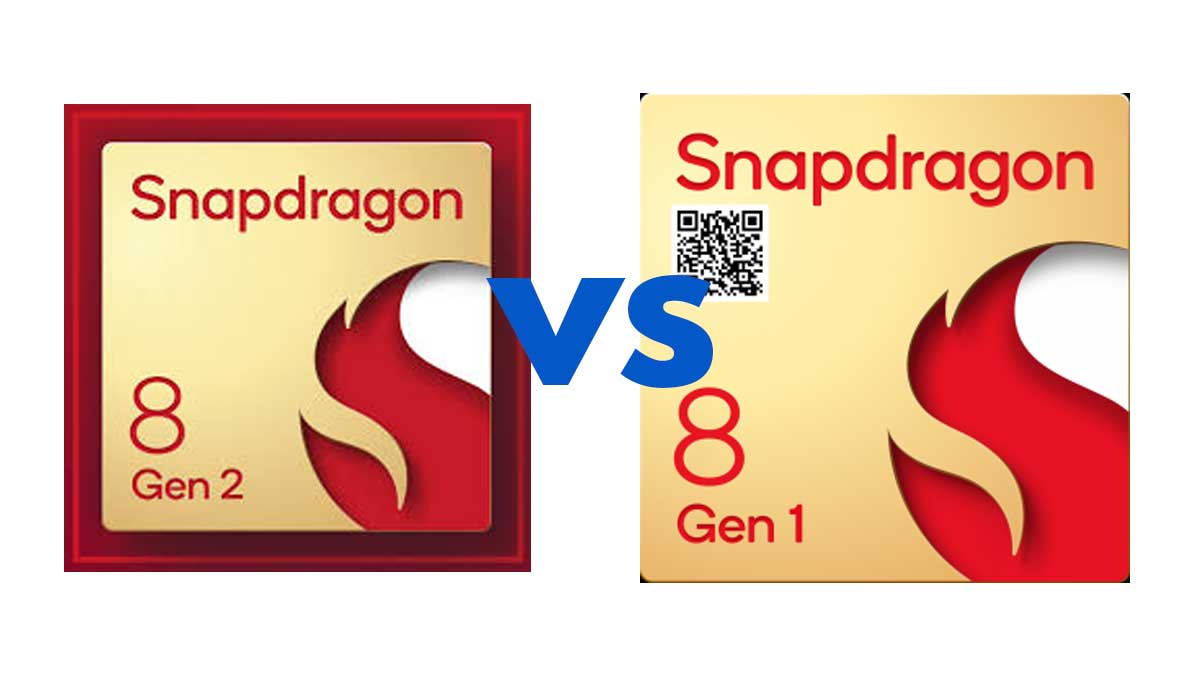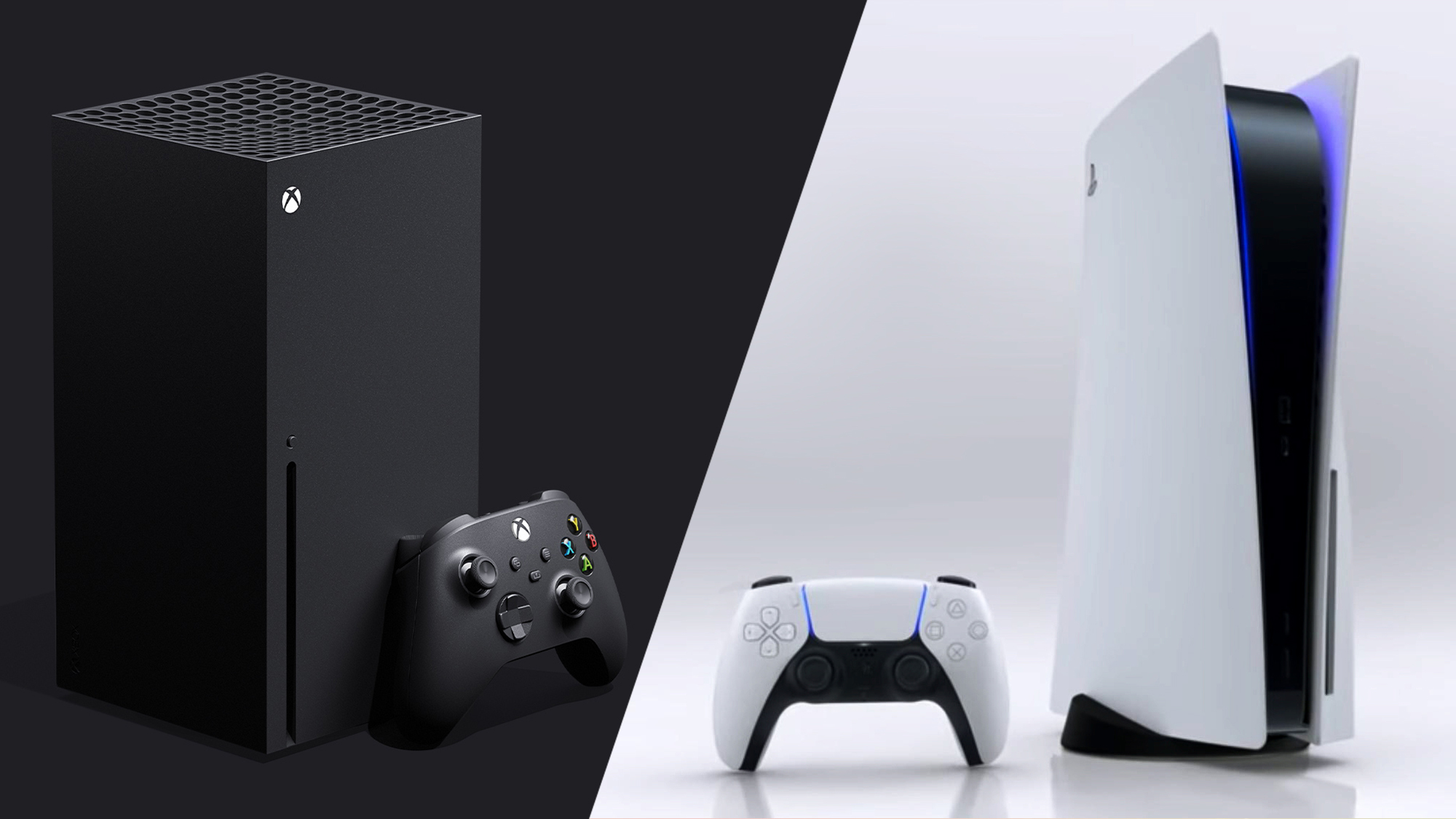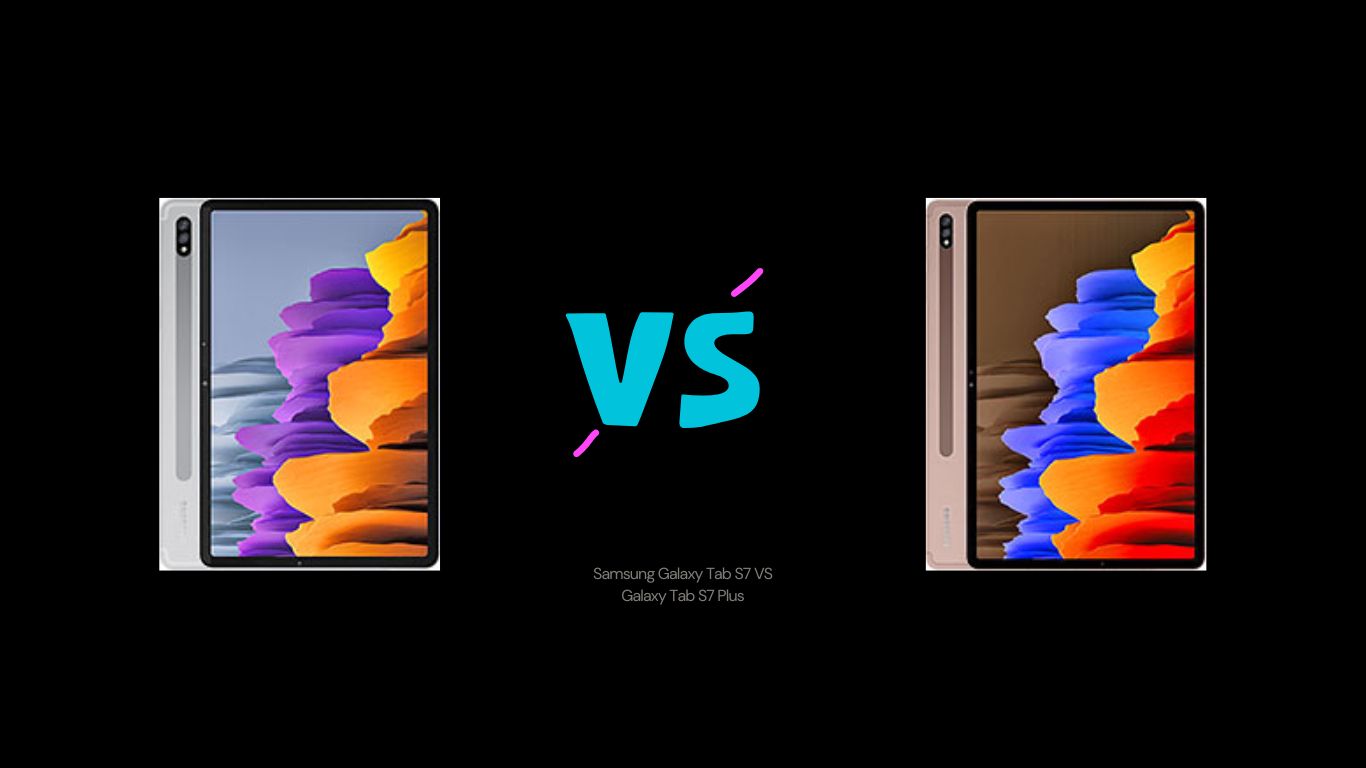
Qualcomm, a leading name in the world of mobile processors, has recently released two powerful contenders: the Snapdragon 8 Gen 2 and the Snapdragon 8 Gen 1. These processors are at the forefront of mobile technology, and choosing between them can be a critical decision when selecting a new smartphone.
In this comprehensive comparison, we’ll delve into the key differences between these two processors, highlighting their strengths and weaknesses, and provide you with valuable insights to make an informed choice.
Table of Contents
Reviewing Performance, Power Consumption, and More
CPU Performance
The central processing unit (CPU) is the brain of your smartphone, responsible for executing tasks and processing information. Let’s start by comparing the CPU performance of the Snapdragon 8 Gen 2 and the Snapdragon 8 Gen 1.
- Snapdragon 8 Gen 2: 94
- Snapdragon 8 Gen 1: 81
The Snapdragon 8 Gen 2 takes the lead with a higher CPU performance score. This means it can handle complex tasks and multitasking more efficiently.
Gaming Performance
For gaming enthusiasts, a smartphone’s graphics processing unit (GPU) is of paramount importance. Let’s see how these processors fare in terms of gaming performance.
- Snapdragon 8 Gen 2: 100
- Snapdragon 8 Gen 1: 92
The Snapdragon 8 Gen 2 outperforms its predecessor in gaming performance. With its Adreno 740 graphics, it provides a superior gaming experience with smoother graphics and faster rendering.
Battery Life
Efficiency in battery consumption is crucial for a long-lasting smartphone experience. Let’s evaluate the battery life of these processors.
- Snapdragon 8 Gen 2: 94
- Snapdragon 8 Gen 1: 89
The Snapdragon 8 Gen 2 proves to be more power-efficient, offering longer battery life compared to the Snapdragon 8 Gen 1.
Naijagadgets Score
To sum up the overall chip performance, we have the Naijagadgets Score:
- Snapdragon 8 Gen 2: 96
- Snapdragon 8 Gen 1: 87
The Snapdragon 8 Gen 2 takes the lead with a higher overall score, indicating its superiority in various aspects.
Key Differences and Advantages
Pros of Qualcomm Snapdragon 8 Gen 2
Better Floating-Point Computations: The Snapdragon 8 Gen 2 excels in floating-point computations, making it ideal for tasks that require precise mathematical calculations.
Larger L3 Cache Size: With a 2 MB larger L3 cache size compared to the Snapdragon 8 Gen 1, it can store and access data more efficiently.
Higher Memory Bandwidth: It supports 25% higher memory bandwidth (64 GB/s), ensuring swift data access.
Improved AnTuTu 9 Score: The Snapdragon 8 Gen 2 scores up to 32% higher on AnTuTu 9 (1281K vs. 967K), showcasing its superior performance.
Higher CPU Clock Speed: It boasts a 7% higher CPU clock speed (3200 vs. 3000 MHz), ensuring speedy processing.
Pros of Qualcomm Snapdragon 8 Gen 1
Higher GPU Frequency: The Snapdragon 8 Gen 1 features a higher GPU frequency, making it suitable for graphics-intensive tasks.
Performance Benchmarks
Now, let’s dive into specific benchmark tests to see how these processors perform in real-world scenarios.
AnTuTu 9 Benchmark
The AnTuTu Benchmark measures CPU, GPU, RAM, and I/O performance. Here are the results:
- Snapdragon 8 Gen 2: 1281162
- Snapdragon 8 Gen 1: 967363
The Snapdragon 8 Gen 2 outshines the Snapdragon 8 Gen 1 by a significant margin, with a 32% higher score.
GeekBench 5 Benchmark
GeekBench tests single-threaded and multithreaded CPU performance. Let’s examine the scores:
Single-Core Score
- Snapdragon 8 Gen 2: 1474
- Snapdragon 8 Gen 1: 1272
The Snapdragon 8 Gen 2 demonstrates a 16% higher single-core score.
Multi-Core Score
- Snapdragon 8 Gen 2: 4920
- Snapdragon 8 Gen 1: 3828
In the multi-core performance test, the Snapdragon 8 Gen 2 takes the lead with a 29% higher score.
These benchmark results indicate that the Snapdragon 8 Gen 2 excels in both single-threaded and multi-threaded CPU performance.
3DMark Benchmark
3DMark assesses graphics performance in Vulkan (Metal). Let’s explore the results:
3DMark Wild Life Performance
- Snapdragon 8 Gen 2: 12336
- Snapdragon 8 Gen 1: 6287
The Snapdragon 8 Gen 2 demonstrates a remarkable 96% improvement in graphics performance compared to the Snapdragon 8 Gen 1.
Gaming Performance
For gamers, the average frames per second (FPS) and graphics settings in mobile games matter significantly. Here are the gaming performance results:
PUBG Mobile
- Snapdragon 8 Gen 2: 90 FPS [Ultra]
- Snapdragon 8 Gen 1: 88 FPS [Ultra]
Call of Duty: Mobile
- Snapdragon 8 Gen 2: 60 FPS [Ultra]
- Snapdragon 8 Gen 1: 60 FPS [Ultra]
Fortnite
- Snapdragon 8 Gen 2: 56 FPS [Ultra]
- Snapdragon 8 Gen 1: 42 FPS [Ultra]
Shadowgun Legends
- Snapdragon 8 Gen 2: 118 FPS [Ultra]
- Snapdragon 8 Gen 1: 89 FPS [Ultra]
World of Tanks Blitz
- Snapdragon 8 Gen 2: 120 FPS [Ultra]
- Snapdragon 8 Gen 1: 114 FPS [Ultra]
Genshin Impact
- Snapdragon 8 Gen 2: 59 FPS [Ultra]
- Snapdragon 8 Gen 1: 40 FPS [Ultra]
Please note that FPS may vary depending on the game version, operating system, and other factors. These results are indicative of the processors’ gaming capabilities.
Technical Specifications
Let’s take a closer look at the technical specifications of the Snapdragon 8 Gen 2 and Snapdragon 8 Gen 1:
CPU
Snapdragon 8 Gen 2 Architecture
- 1x 3.2 GHz – Cortex-X3
- 2x 2.8 GHz – Cortex-A715
- 2x 2.8 GHz – Cortex-A710
- 3x 2 GHz – Cortex-A510
Snapdragon 8 Gen 1 Architecture
- 1x 3 GHz – Cortex-X2
- 3x 2.5 GHz – Cortex-A710
- 4x 1.8 GHz – Cortex-A510
Both processors feature 8 cores, ensuring efficient multitasking and performance. However, the Snapdragon 8 Gen 2 boasts higher clock speeds across its cores, contributing to its enhanced performance.
Cache and Manufacturing
L2 Cache
- Snapdragon 8 Gen 2: 1 MB
- Snapdragon 8 Gen 1: 1 MB
L3 Cache
- Snapdragon 8 Gen 2: 8 MB
- Snapdragon 8 Gen 1: 6 MB
The Snapdragon 8 Gen 2 offers larger L3 cache size, which can accelerate data access and improve overall performance.
Both processors are built using the advanced 4-nanometer manufacturing process, ensuring energy efficiency and robust performance.
Graphics Processing
GPU Name
- Snapdragon 8 Gen 2: Adreno 740
- Snapdragon 8 Gen 1: Adreno 730
GPU Architecture
- Snapdragon 8 Gen 2: Adreno 700
- Snapdragon 8 Gen 1: Adreno 700
GPU Frequency
- Snapdragon 8 Gen 2: 680 MHz
- Snapdragon 8 Gen 1: 818 MHz
Execution Units
- Snapdragon 8 Gen 2: 2
- Snapdragon 8 Gen 1: 2
Shading Units
- Snapdragon 8 Gen 2: 1280
- Snapdragon 8 Gen 1: 768
Total Shaders
- Snapdragon 8 Gen 2: 2560
- Snapdragon 8 Gen 1: 1536
FLOPS (Floating-Point Operations Per Second)
- Snapdragon 8 Gen 2: 3481.6 Gigaflops
- Snapdragon 8 Gen 1: 2512.8 Gigaflops
The Snapdragon 8 Gen 2 features the Adreno 740 GPU, offering a lower frequency but significantly more shading units and higher FLOPS. This leads to improved graphics performance, making it suitable for gaming and demanding visual tasks.
Memory
Memory Type
- Snapdragon 8 Gen 2: LPDDR5X
- Snapdragon 8 Gen 1: LPDDR5
Memory Frequency
- Snapdragon 8 Gen 2: 4200 MHz
- Snapdragon 8 Gen 1: 3200 MHz
Bus
- Snapdragon 8 Gen 2: 4x 16 Bit
- Snapdragon 8 Gen 1: 4x 16 Bit
Max Bandwidth
- Snapdragon 8 Gen 2: 64 Gbit/s
- Snapdragon 8 Gen 1: 51.2 Gbit/s
Both processors support high-speed LPDDR5X and LPDDR5 memory types, ensuring swift data access. However, the Snapdragon 8 Gen 2 offers a higher memory frequency and greater maximum bandwidth, contributing to its superior performance.
Multimedia and Connectivity
Both processors feature Hexagon neural processors (NPUs) for AI-related tasks and UFS 3.1 and UFS 4.0 storage types for fast data read and write speeds. They also support impressive display and camera resolutions.
Max Display Resolution
- Snapdragon 8 Gen 2: 3840 x 2160
- Snapdragon 8 Gen 1: 3840 x 2160
Max Camera Resolution (Single Camera)
- Snapdragon 8 Gen 2: 1x 200MP
- Snapdragon 8 Gen 1: 1x 200MP
Video Capture
- Snapdragon 8 Gen 2: 8K at 30FPS, 4K at 120FPS
- Snapdragon 8 Gen 1: 8K at 30FPS, 4K at 120FPS
Video Playback
- Snapdragon 8 Gen 2: 8K at 60FPS, 4K at 120FPS
- Snapdragon 8 Gen 1: 8K at 30FPS, 4K at 120FPS
Both processors support high-resolution displays and cameras, making them suitable for photography and video recording.
Connectivity
Modem
- Snapdragon 8 Gen 2: Snapdragon X70
- Snapdragon 8 Gen 1: Snapdragon X65
4G Support
- Snapdragon 8 Gen 2: LTE Cat. 24
- Snapdragon 8 Gen 1: LTE Cat. 24
5G Support
- Snapdragon 8 Gen 2: Yes
- Snapdragon 8 Gen 1: Yes
Download Speed
- Snapdragon 8 Gen 2: Up to 10000 Mbps
- Snapdragon 8 Gen 1: Up to 10000 Mbps
Upload Speed
- Snapdragon 8 Gen 2: Up to 3500 Mbps
- Snapdragon 8 Gen 1: Up to 3670 Mbps
Wi-Fi
- Snapdragon 8 Gen 2: 7
- Snapdragon 8 Gen 1: 6
Bluetooth
- Snapdragon 8 Gen 2: 5.3
- Snapdragon 8 Gen 1: 5.3
Navigation
- Snapdragon 8 Gen 2: GPS, GLONASS, Beidou, Galileo, QZSS, SBAS, NAVIC
- Snapdragon 8 Gen 1: GPS, GLONASS, Beidou, Galileo, QZSS, SBAS, NAVIC
Both processors offer extensive connectivity options, including support for 5G networks, fast download and upload speeds, and multiple navigation systems for accurate location services.
Additional Information
Announcements
Snapdragon 8 Gen 2: Announced in November 2022
Snapdragon 8 Gen 1: Announced in December 2021
Class
- Snapdragon 8 Gen 2: Flagship
- Snapdragon 8 Gen 1: Flagship
Model Numbers
- Snapdragon 8 Gen 2: SM8550-AB
- Snapdragon 8 Gen 1: SM8450
Further Details
Notes on Snapdragon 8 Gen 2: There’s also the “Snapdragon 8 Gen 2 for Galaxy,” which only differs by having a 160 MHz higher CPU clock and a 39 MHz higher GPU clock, resulting in 3681 GFLOPS for the GPU. Generally, you won’t notice this difference in real-life usage, including games.
Verdict!!
Based on user-casted votes and tests conducted by Naijagadget team of mobile phone experts, it’s evident that the Snapdragon 8 Gen 2 holds a significant advantage:
- Snapdragon 8 Gen 2: 3201 votes (85.3%)
- Snapdragon 8 Gen 1: 553 votes (14.7%)
These votes reflect the consensus that the Snapdragon 8 Gen 2 offers superior performance and features compared to its predecessor.
Frequently Asked Questions (FAQ) about Snapdragon 8 Gen 2 vs Snapdragon 8 Gen 1
The Snapdragon 8 Gen 2 is the better choice for gaming, thanks to its superior GPU performance and higher gaming benchmark scores.
Yes, the Snapdragon 8 Gen 2 is more power-efficient, resulting in longer battery life compared to the Snapdragon 8 Gen 1.
Both processors support high-resolution cameras and video recording capabilities, so the camera performance difference is minimal. However, other factors like GPU performance can indirectly impact image processing and editing.
In conclusion, the Snapdragon 8 Gen 2 stands out as the superior choice, offering better CPU and GPU performance, longer battery life, and enhanced overall capabilities. However, your choice ultimately depends on your specific smartphone needs and preferences.







